Find the resultant of the vectors −−→OA,−−→OB,−−→OC as shown in figure. The radius of the circle is r. Solution in Telugu
→R=−−→OA+−−→AB+−−→OC
→R=rˆi+rcos45I+rsin45ˆj+rˆj
→R=(r+r√2)ˆj+(r+r√2)ˆj
∣∣→R∣∣=(√2r+τ) along −−→OB
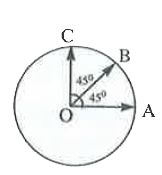
Topper's Solved these Questions
- BOOK - AAKASH SERIESCHAPTER - MOTION IN A PLANEEXERCISE - EXERCISE-A (Vectors & Scalars)25videos
MOTION IN A PLANE
- BOOK - AAKASH SERIESCHAPTER - MOTION IN A PLANEEXERCISE - EXERCISE-A (Addition & Subtractions of Vectors)10videos
MOTION IN A PLANE
- BOOK - AAKASH SERIESCHAPTER - MAGNETISMEXERCISE - PROBLEMS (LEVEL-II)13videos
MAGNETISM
- BOOK - AAKASH SERIESCHAPTER - MOTION IN A PLANEEXERCISE - QUESTION FOR DESCRIPTIVE ANSWER7videos
MOTION IN A PLANE
Similar Questions
In Latin, the word vector means
03:19View SolutionThe resultant of two forces cannot exceed
06:16View SolutionThe force between the two poles is reduced to 'x' newtons when their separation is increased n times. It is increased by 'y' newtons when their separation is made 1/nth of their original value. What is the relation between x and y?
03:57View SolutionA particle is projected over a triangle from one end of a horizontal base and garzing the vertex falls on the other end of the base . If α and β the base angles and θ the angle of projection then show that tanθ=tanα+tanβ.
10:49View SolutionFind the resultant of the three vectors vec OA,vec OB and vec OC each of magnitude r as shown in figure?
10:26View SolutionThe magnitude of vectors −−→OA,−−→OBand−−→OC in figure are equal. Find the direction of −−→OA+−−→OB−−−→OC.
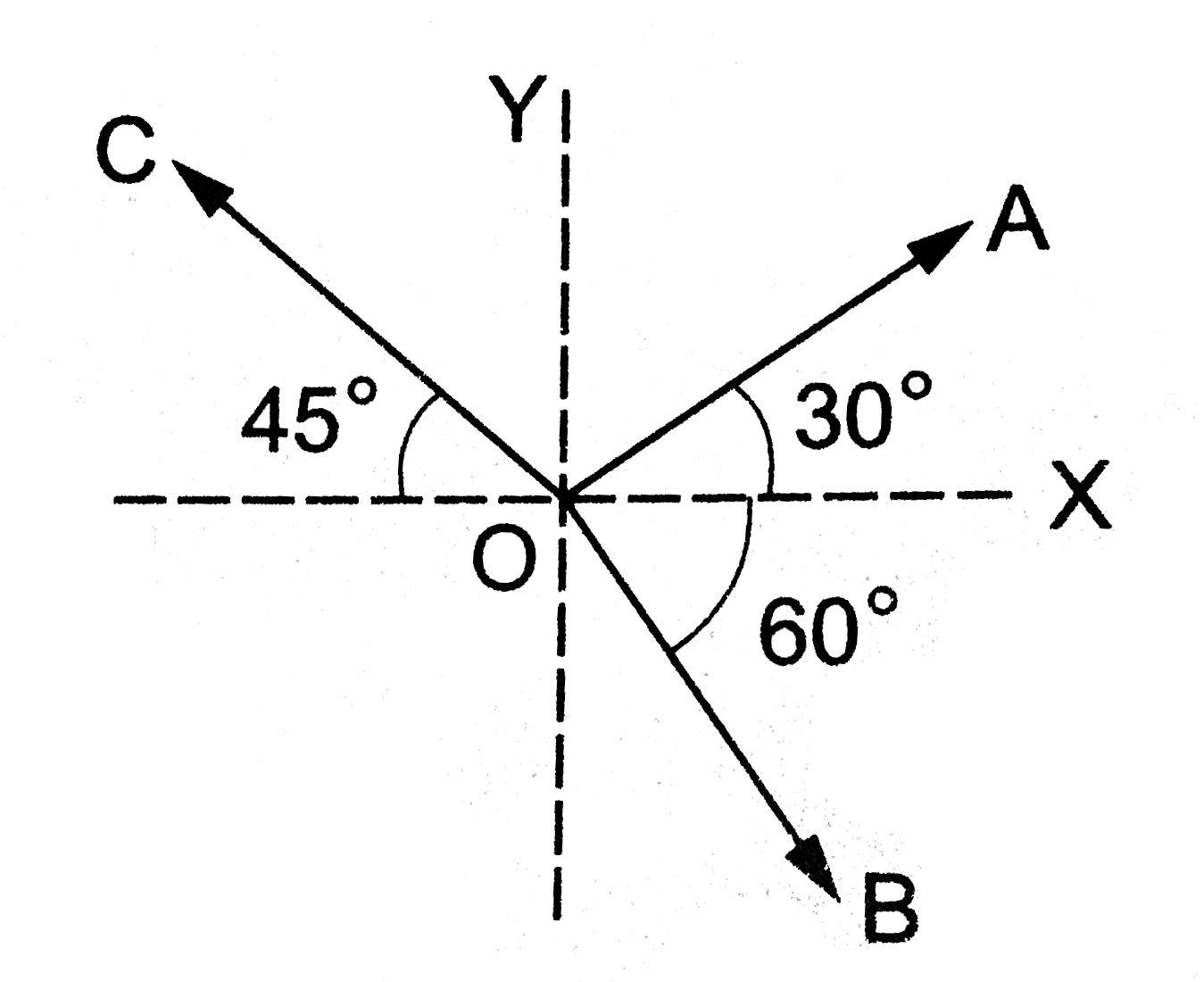 .06:52View Solution
.06:52View SolutionFind the resultant of the three vectors −−→OA,−−→OB and −−→OC shown in figure. Radius of the circle is R.
 View Solution
View Solutionदिखाए गए वेक्टरो −−→OA,−−→OB तथा −−→OC के परिमाण बराबर है। वेक्टर −−→OA+−−→OB−−−→OC की दिशा बताएँ।
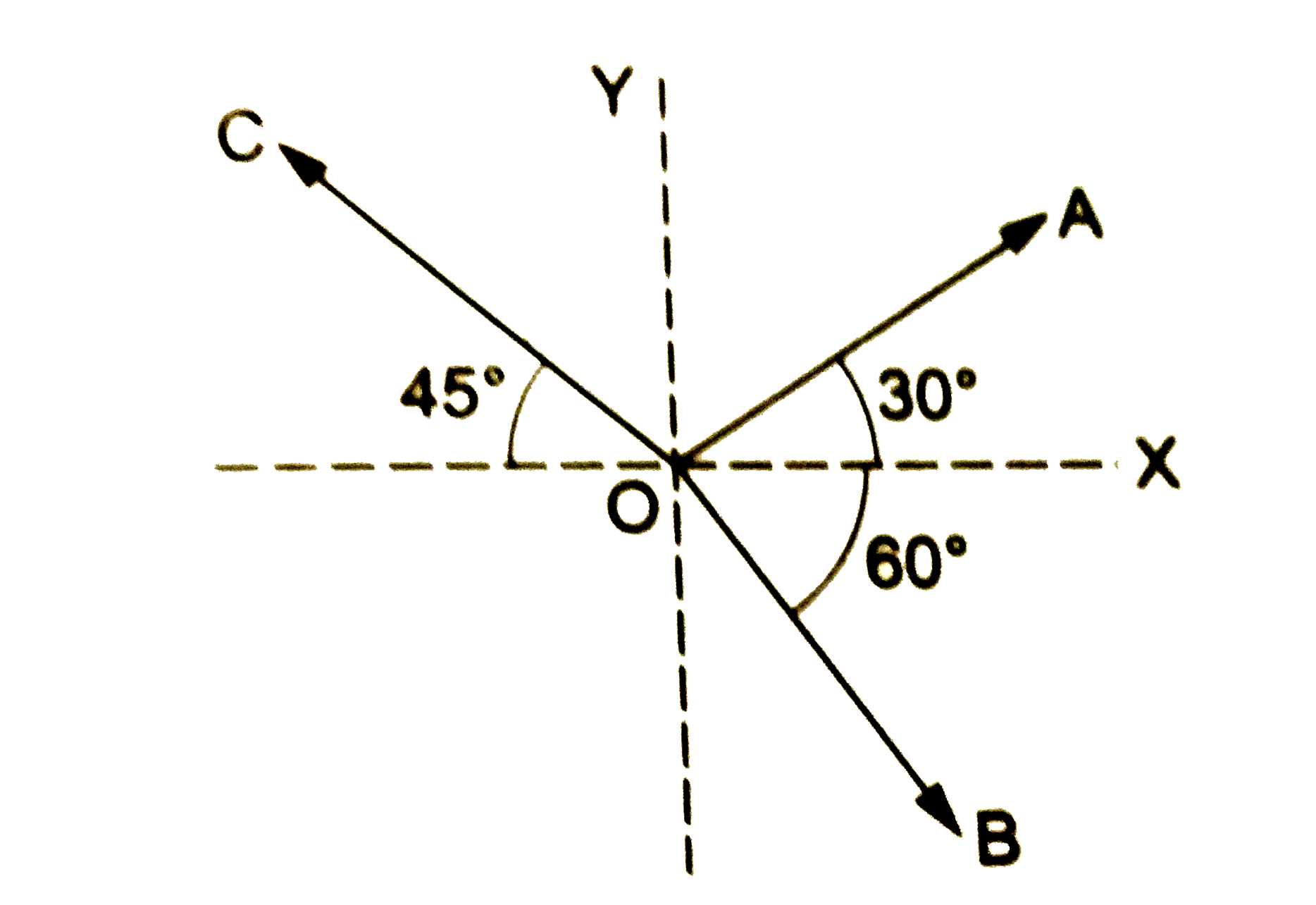 03:44View Solution
03:44View Solutionतीन वेक्टर −−→OA,−−→OB तथा −−→OC दिखाए गए है। वृत्त कि त्रिज्या R है। तीनो वेक्टरो का परिणामी निकले।
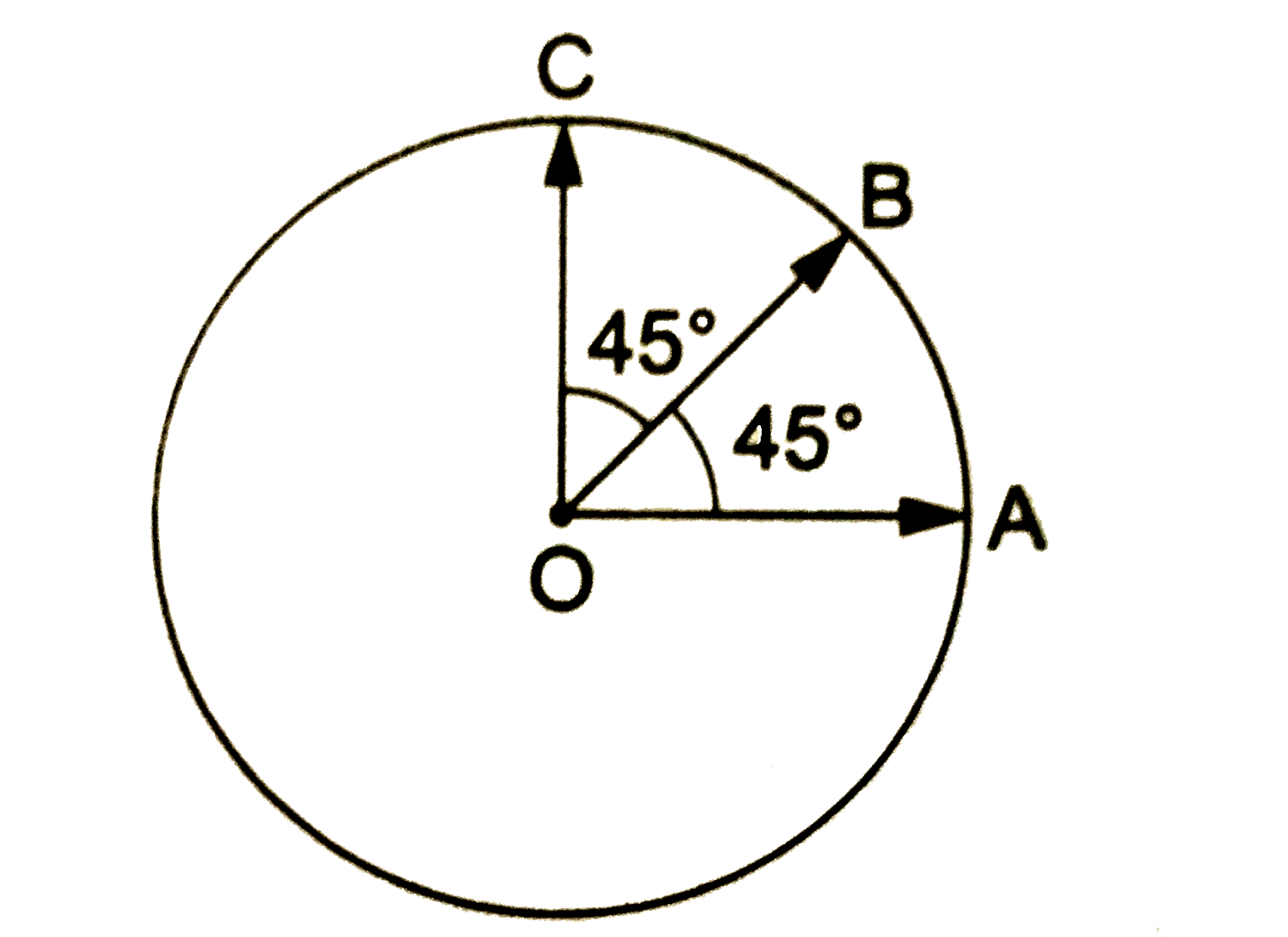 03:55View Solution
03:55View SolutionIf OAB is a tetrahedron with edges and ˆp,ˆq,ˆr are unit vectors along bisectors of
−−→OA,−−→OB:−−→OB,−−→OC:−−→OC,−−→OA respectively and ˆa=−−→OA∣∣∣−−→OA∣∣∣,→b=−−→OB∣∣∣−−→OB∣∣∣,→c=−−→OC∣∣∣−−→OC∣∣∣, then :06:12View SolutionIf OAB is a tetrahedron with edges and ˆp,ˆq,ˆr are unit vectors along bisectors of
−−→OA,−−→OB:−−→OB,−−→OC:−−→OC,−−→OA respectively and ˆa=−−→OA∣∣∣−−→OA∣∣∣,→b=−−→OB∣∣∣−−→OB∣∣∣,→c=−−→OC∣∣∣−−→OC∣∣∣, then :03:01View Solutionचित्र में दर्शाये अनुसार तीनो सदिशों −−→OA,−−→OB व −−→OC का परिणामी होगा। (वृत्त की त्रिज्या R है)
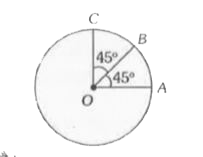 View Solution
View SolutionFind the resultant of the vectors vec(OA), vec(OB), vec(OC) as shown in figure. The radius of the circle is r.
02:42View SolutionThe magnitude of vectors −−→OA,−−→OBand−−→OC in figure are equal. Find the direction of −−→OA+−−→OB−−−→OC.
 .03:14View Solution
.03:14View SolutionFind the resultant of the three vectors −−→OA,−−→OB and −−→OC shown in figure. Radius of the circle is R.
 04:56View Solution
04:56View Solution

